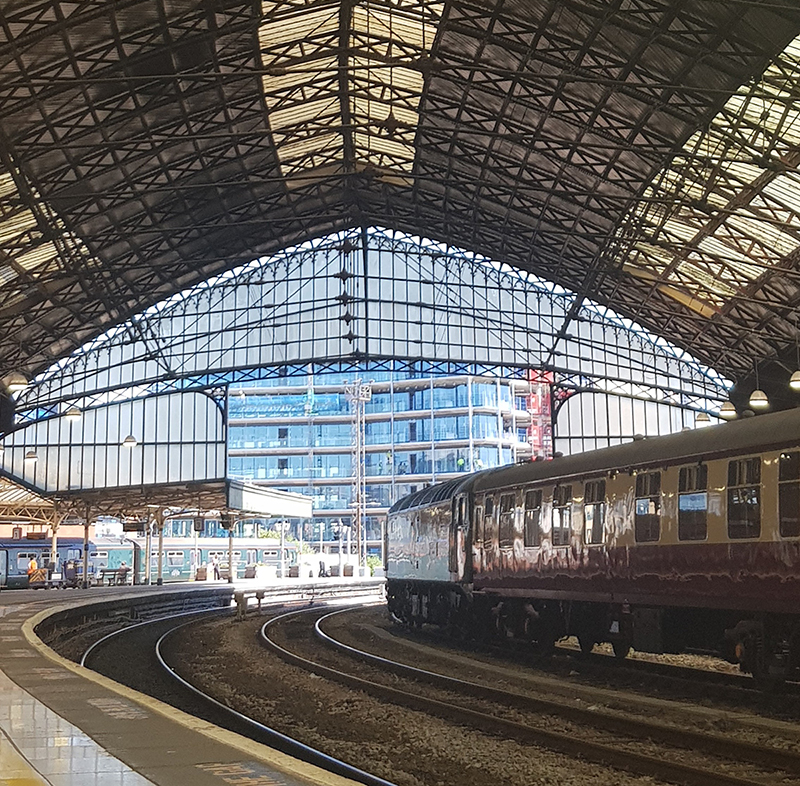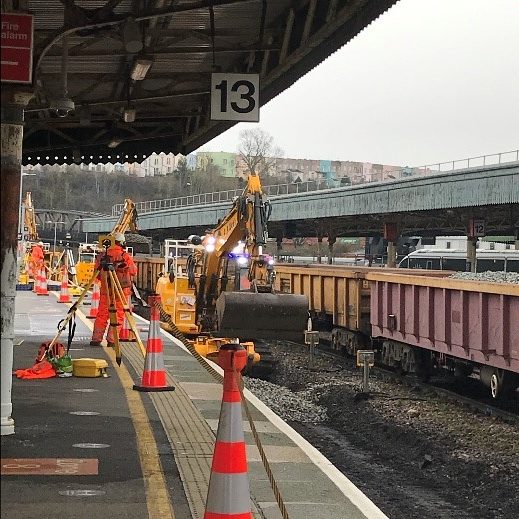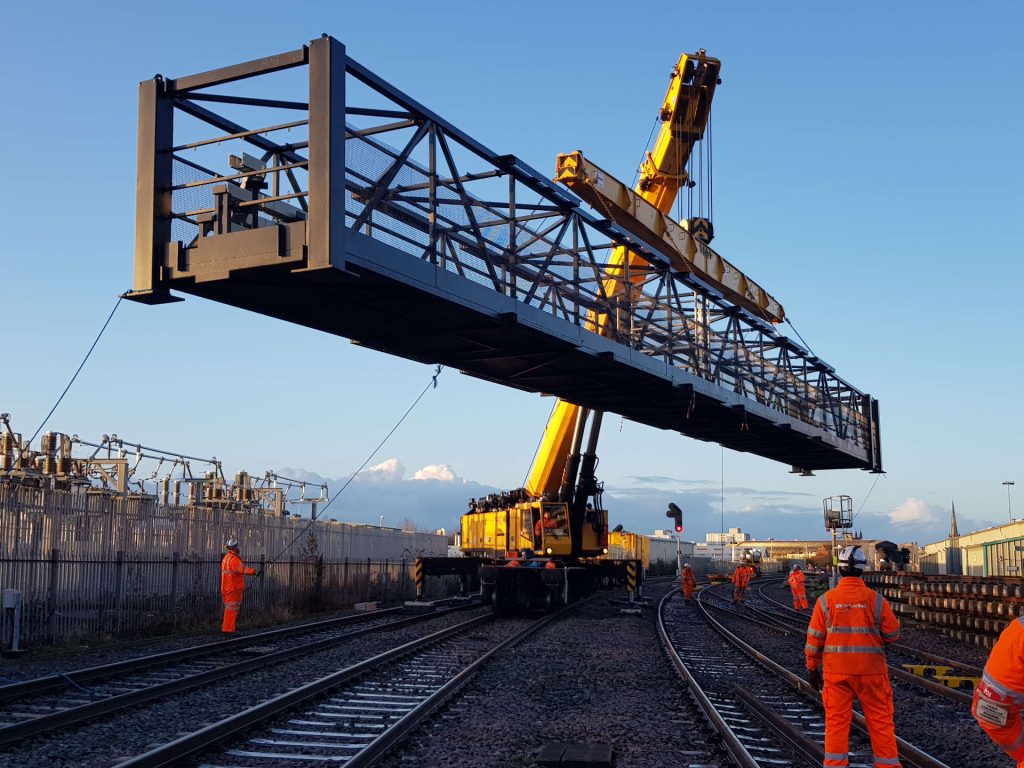
James Durie, Chief Executive of Bristol Chamber of Commerce & Initiative at Business West
Whilst many of us won’t have been taking the train over the past year as a consequence of Covid-19 measures and restrictions, in the years in the lead up to the pandemic we have been experiencing a big growth in rail journeys across the country and particularly for our region. Whilst patterns of when people move may be changing, this growth is forecast to continue. And at a time when de-carbonisation of how we travel is only rising in importance, being a major priority for government and local councils, the train is a sustainable way to do so.
Having worked alongside local Mayors and local politicians to help make the case to government and Transport Ministers over recent years, I know that the Bristol Rail Regeneration Programme is a really important step forward, representing a large investment in the railway industry in the Bristol area which will improve services and connectivity for our whole region.
The programme actually got underway last year with capital work (£24m) to restore the fabulous Victorian roof over the main train shed at Bristol Temple Meads; not dissimilar to the work that took place at London Paddington, along with initial preparations for an important new eastern entrance at the station. The listed building consent and planning permission application for the new eastern entrance station building is now live on the Bristol City Council planning portal. As that work continues, the programme is further gathering pace as a huge track upgrade starts next to Bristol Temple Meads this weekend.

Temple Meads is a fundamental element of Temple Quarter and St Philip’s, the major growth area for Bristol and the south west, and one of the UK’s largest regeneration projects. The area around and to the east of the station is being transformed through large-scale development including the University of Bristol’s new Enterprise Campus and a series of high profile schemes underway or moving close to commencement, such as the 200,000 square foot EQ zero carbon office development on Victoria Street, and the exciting plans by L&G for Temple Island. Over the next few years, many more people will be living, working, studying and visiting Bristol – and in particular, the Temple and Redcliffe quarters of our city. We need the rail infrastructure improvement to be able to support this.
So, from 10 July – 3 September, Network Rail is re-building Bristol East Junction, a crucial piece of railway infrastructure that controls the flow of rail traffic from South Wales, the Midlands/North and from London into Bristol Temple Meads.
That’s eight solid weeks of work and yes – that does mean some disruption – but it will be well worth it. Much of the track and signalling infrastructure that makes up the junction was actually installed right back in the 1960s. Times have changed and so have the demands and needs of the railway, so this summer’s upgrade is not just about replacing worn out track, but it’s about installing the junction in a new layout to better meet the needs of the modern day. That should mean good news for passengers and – as they start to return to the railway – good news for all commuters and of course business people.

Network Rail’s new £132m junction will remove a bottleneck, helping trains to move more easily in and out of Bristol Temple Meads. This, and the introduction of a new line the same time, will boost capacity, making way for an increase in services along the Severn beach line and kick-starting the West of England Combined Authority’s MetroWest programme. There are plans for thousands more seats on trains serving the Bristol area, with new stations and reopened lines on the horizon too. On top of that, replacing the old track and signalling means there will be fewer faults and less delays for passengers in the immediate future.
Further capital investment in and around Bristol Temple Meads is going to be needed into the future, to continue to improve our major station for Bristol and the south west and take rail services to the next level.
During this eight-week period of work, the impact will really depend on when and where you’re travelling. It’s certainly not a blanket closure of the railway. Network Rail, Great Western Railway and CrossCountry Trains are doing their best to keep services running, providing train services wherever possible. Long distance journeys face the least disruption but routes but may be subject to diversions and timetable changes. Passengers to or from Gloucester, Cardiff and Westbury need to pay particularly close attention to travel information.

Ultimately, the advice from our colleagues from the rail industry is to make sure you check before you travel – and then check again. Not only will journeys be different from what you expect, they’ll also change from one week to the next through the upgrade.
If you’re travelling keep up-to-date on the latest work at Bristol at:
You can find out more about the programme on our Bristol Rail Regeneration page and you can follow progress through the upgrade on Twitter #BristolRailRegen



